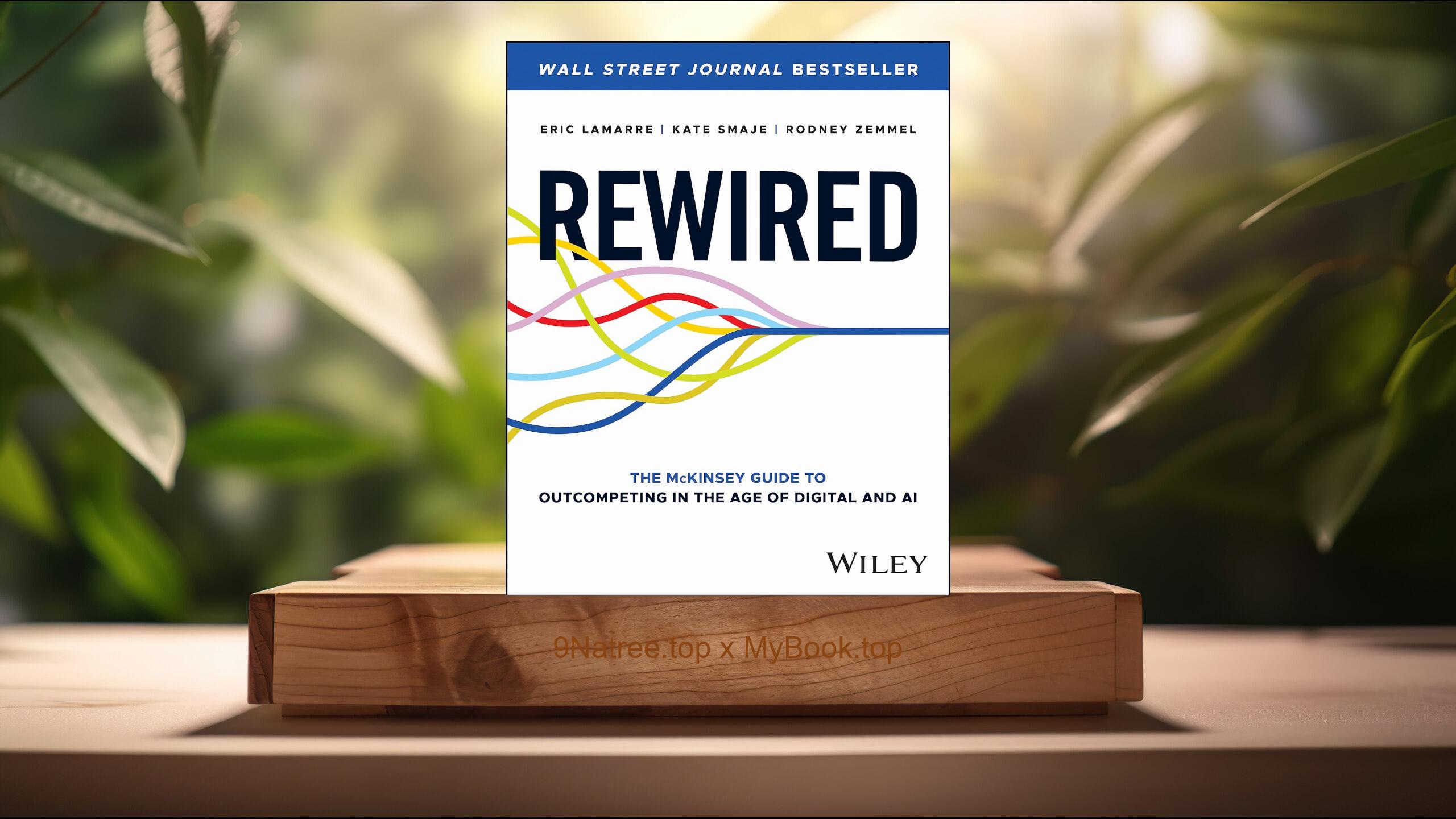Show Notes
- Amazon USA Store: https://www.amazon.com/dp/B0DW1CGRZT?tag=9natree-20
- Amazon Worldwide Store: https://global.buys.trade/The-Gales-of-November%3A-The-Untold-Story-of-the-Edmund-Fitzgerald-John-U-Bacon.html
- Apple Books: https://books.apple.com/us/audiobook/the-gales-of-november-the-untold/id1820243410?itsct=books_box_link&itscg=30200&ls=1&at=1001l3bAw&ct=9natree
- eBay: https://www.ebay.com/sch/i.html?_nkw=The+Gales+of+November+The+Untold+Story+of+the+Edmund+Fitzgerald+John+U+Bacon+&mkcid=1&mkrid=711-53200-19255-0&siteid=0&campid=5339060787&customid=9natree&toolid=10001&mkevt=1
- Read more: https://mybook.top/read/B0DW1CGRZT/
#EdmundFitzgerald #GreatLakesshipwreck #JohnUBacon #maritimehistory #LakeSuperiorstorm #truedisasternarrative #shippingsafety #GalesofNovember #TheGalesofNovember
These are takeaways from this book.
Firstly, Reconstructing the Final Voyage Hour by Hour, A core strength of The Gales of November is John U. Bacon’s meticulous reconstruction of the Edmund Fitzgerald’s final voyage. Drawing on ship logs, Coast Guard records, weather reports, radio transcripts, and survivor interviews from nearby vessels, Bacon walks readers through the voyage from departure to disappearance. He charts the Fitzgerald’s course across Lake Superior, explaining why the route seemed manageable at first, then steadily turned treacherous as the November storm intensified. Bacon slows down the final hours, almost minute by minute, so readers can grasp how quickly conditions deteriorated. He contrasts the Fitzgerald’s situation with other ships in the area, showing how captains were continually adjusting decisions about speed, heading, and shelter. By carefully layering factual detail with vivid description of the waves, wind, and darkness, he restores immediacy to an event that can otherwise feel distant and abstract. This granular reconstruction does more than dramatize the tragedy; it highlights how a series of seemingly small choices and unseen vulnerabilities can converge into catastrophe. Readers finish with a far clearer sense of what the crew faced in real time and why help arrived too late.
Secondly, The Human Stories Behind the 29 Lost Lives, Beyond the mystery of how the Edmund Fitzgerald sank lies a deeper question: who were the men on board, and what did the loss mean to those they left behind? Bacon devotes major attention to the personal histories of the 29 crew members, from seasoned mariners to younger sailors still early in their careers. Through family interviews, letters, and recollections from colleagues, he paints a portrait of working Great Lakes life, where long trips, tough conditions, and camaraderie defined daily existence. The book describes how families waited out storms, trusted the experience of captains, and lived with the ever-present risk that a ship might not return. Bacon follows their stories past the night of the sinking, showing the grief, confusion, and sometimes anger that followed the official announcements. He explores memorial services, community responses, and the long shadow cast over towns and unions linked to the Fitzgerald. By grounding the narrative in these human stories, The Gales of November transforms a famous shipwreck from a distant legend into a personal tragedy. Readers gain empathy for the people behind the statistics and a richer, more compassionate understanding of the true cost of maritime disasters.
Thirdly, Investigating Theories, Evidence, and Official Conclusions, The Edmund Fitzgerald’s sinking has long been shrouded in debate. Was it a structural failure, cargo shift, rogue wave, navigational error, or some combination of these factors? Bacon sifts through decades of theories, from formal Coast Guard and National Transportation Safety Board inquiries to independent engineering analyses and veteran mariners’ perspectives. He explains key technical issues in clear, accessible language: hull design and loading practices, hatch cover integrity, stress on the ship’s frame in heavy seas, and how extreme waves behave on a freshwater inland sea like Lake Superior. The book scrutinizes official reports, highlighting where investigators may have been limited by politics, incomplete data, or institutional assumptions. Rather than forcing a single sensational answer, Bacon weighs competing explanations, noting their strengths and weaknesses. He listens to dissenting voices who challenge the official narrative and addresses persistent myths that have grown around the disaster. The result is a balanced, evidence-driven exploration of what most likely happened. Readers come away with a nuanced sense that complex accidents rarely have a single simple cause, and that understanding them requires humility as well as science.
Fourthly, The Culture, Economics, and Risks of Great Lakes Shipping, The Gales of November situates the Edmund Fitzgerald within the broader context of Great Lakes shipping, an industry that has shaped the economy and culture of the upper Midwest and Canada for generations. Bacon explains how massive ore carriers like the Fitzgerald fueled steel production and industrial growth, making them vital but often underappreciated components of the region’s prosperity. He examines the pressures on shipping companies and crews to keep schedules, especially late in the season, when weather windows narrow and profit margins tighten. This context helps explain why ships often sailed despite ominous forecasts and why safety decisions were not always clear-cut. Bacon also reveals the unwritten codes of pride, toughness, and professional honor among Great Lakes sailors, values that can both inspire excellence and complicate risk assessment. By exploring working conditions, labor relations, regulatory oversight, and technological limits of the era, the book shows that the Fitzgerald tragedy did not occur in isolation. It was part of a system where economic demand, cultural expectations, and natural forces constantly collided. Readers gain insight into how those systemic realities can set the stage for disaster, even when individuals are competent and well-intentioned.
Lastly, Legacy, Lessons, and the Power of Memory, The book closes by considering the Edmund Fitzgerald’s enduring legacy in culture, safety policy, and collective memory. Bacon traces how the wreck entered popular consciousness, not only through headlines but also through Gordon Lightfoot’s famous ballad, annual memorials, and decades of speculation. He shows how this attention has both preserved the story and, at times, simplified or distorted it. Bacon looks at changes in maritime safety that followed the sinking, including modifications to ship design, inspection routines, weather reporting, and communication protocols. He assesses which reforms directly stemmed from the Fitzgerald and which emerged from a broader shift toward risk management on the Great Lakes. Importantly, he considers how organizations balance honoring the dead with learning from their loss in practical, sometimes uncomfortable ways. The narrative also reflects on why certain disasters remain seared in public memory while others fade. The size of the ship, the total loss of life, the lack of survivors, and the mystery of the final moments all contribute to the Fitzgerald’s staying power. Bacon argues that remembering well means looking past myth to hard-earned lessons about humility before nature and responsibility in human systems.
![[Review] The Gales of November: The Untold Story of the Edmund Fitzgerald (John U. Bacon) Summarized](https://episodes.castos.com/660078c6833215-59505987/images/2233693/c1a-085k3-mkwr7310t7x-m54w53.jpg)




